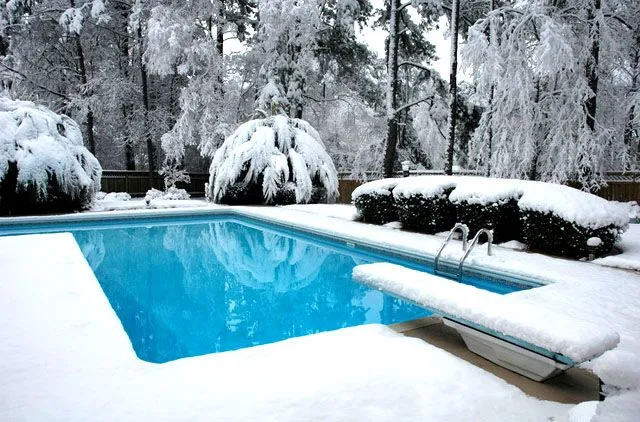Guide to Hot Tub Maintenance
Hot Tub Maintenance Basics
Before you sink into the warm water of your new spa, take a moment to familiarize yourself with some essential terms.
For instance, when you’re reading or talking about your hot tub, you might see it referred to as a portable spa, or just a spa. Some folks like to call every hot tub they splash around in a “JacuzziⓇ,” but that’s an unfortunate case of universalizing a specific brand name.
It helps to have your spa’s “vital statistics” handy as well, both for your own reference and when speaking to a pro. These include maximum water capacity, age, and any specific water challenges (such as hard water) you might need to consider while maintaining your hot tub.
You can think of your spa as a tiny swimming pool. Sure, it doesn’t have a diving board or that repurposed bouncy castle you found on eBay, but it does require the same basic care. The Three Cs of hot tub maintenance—circulation, cleaning, and chemistry—will keep your hot tub running smoothly all year long.
Circulate Your Hot Tub Water for a Happy Soak
Still waters might run deep, but flowing waters run clean. Circulating the water helps keep it free of contaminants by passing it through your hot tub’s cartridge filters
Depending on the model, your spa may have an automatic circulation schedule that ensures it runs once or twice daily. These cycles circulate the water for around 15 to 20 minutes (or longer) to ensure all the water in your tub passes through the filters. If your hot tub doesn’t have an automatic cycle, make sure you turn it on for 15 to 20 minutes, twice a day, to ensure your water’s been refreshed.
Don’t be afraid to put those filters to work. The more you run your hot tub, the cleaner it’ll be.
Don’t Forget Your Filters
They’re on the job whenever your hot tub’s running, and your hot tub filters need a good cleaning to work properly. You can clean them using three methods: rinse, spray, and soak.
Rinse your hot tub filters as often as possible with warm water or your garden hose, especially if you’ve been using your spa more than usual.
Spray your filters every week or so with a hot tub filter cleaner to provide a deeper clean. Don’t forget to rinse them after.
Soak your filters in chemical cleaner every time you drain and refill your hot tub to extend their life and loosen any stubborn particulates. Rinse them thoroughly afterward.
When your filters get to the point where even a chemical soak doesn’t completely clean them, it’s time to replace them .
The Science of Soaking: Hot Tub Chemistry
A spanking clean spa makes another core component of hot tub maintenance a lot easier: water chemistry. Balancing your hot tub’s water is similar to balancing pool water, but a bit trickier due to the drastic size difference.
But before you add anything to your spa, you need a baseline reading on your water chemistry. Once your hot tub’s full, test your water to determine the pH and alkalinity levels.
Aim for a pH level of 7.2–7.6. Values below this range will be too basic. The water will reduce your sanitizer’s effectiveness, and will be prone to cloudiness. Values above the range will be too acidic. The water might eat away at your hardware and will likely irritate your skin and eyes.
For alkalinity, shoot for 80-150 parts per million (ppm). If alkalinity gets too high, it can cause scaling and cloudiness.
Add the sanitizer of your choice according to the directions on the package, and test again to make sure your pH and alkalinity are within optimal ranges. You can speed up the mix rate of your chemicals (and help your hot tub heat more quickly) by turning off the air valves.
If you’re using your spa after a long period of inactivity or you’ve been using it heavily, it’s a good idea to shock your hot tub to make sure it’s completely sanitized. Make shocking a regular part of your scheduled hot tub maintenance to keep your water safe and clean.
Test your water every week, either with 6 parameters test strips or a 3 parameters test kit , and adjust your water.
Protip: Keep a good supply of essential chemicals on hand so you’ll be ready to tweak your water as needed:
Hot tub Chlorine shock
Hot tub Oxigen shock
































